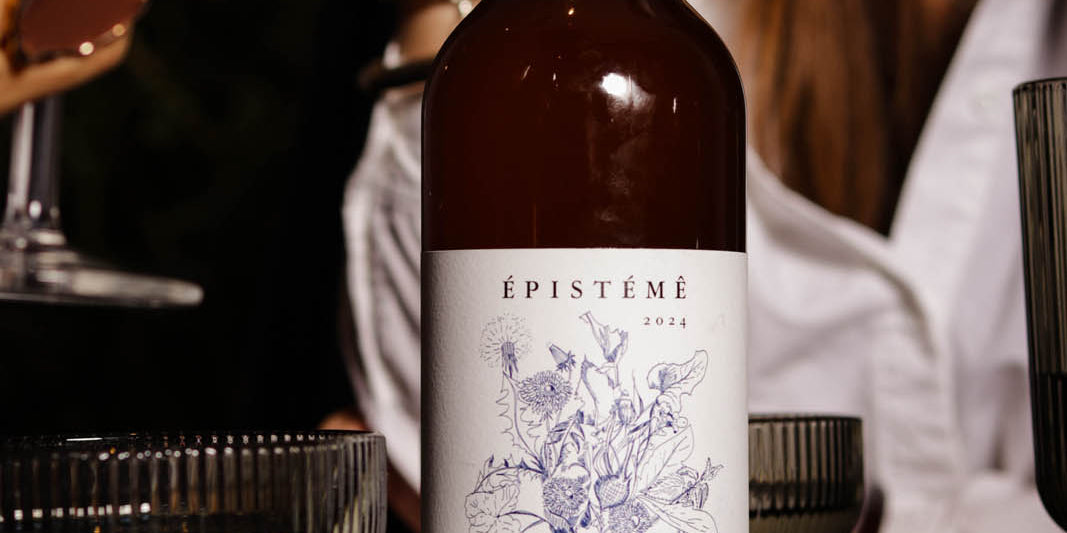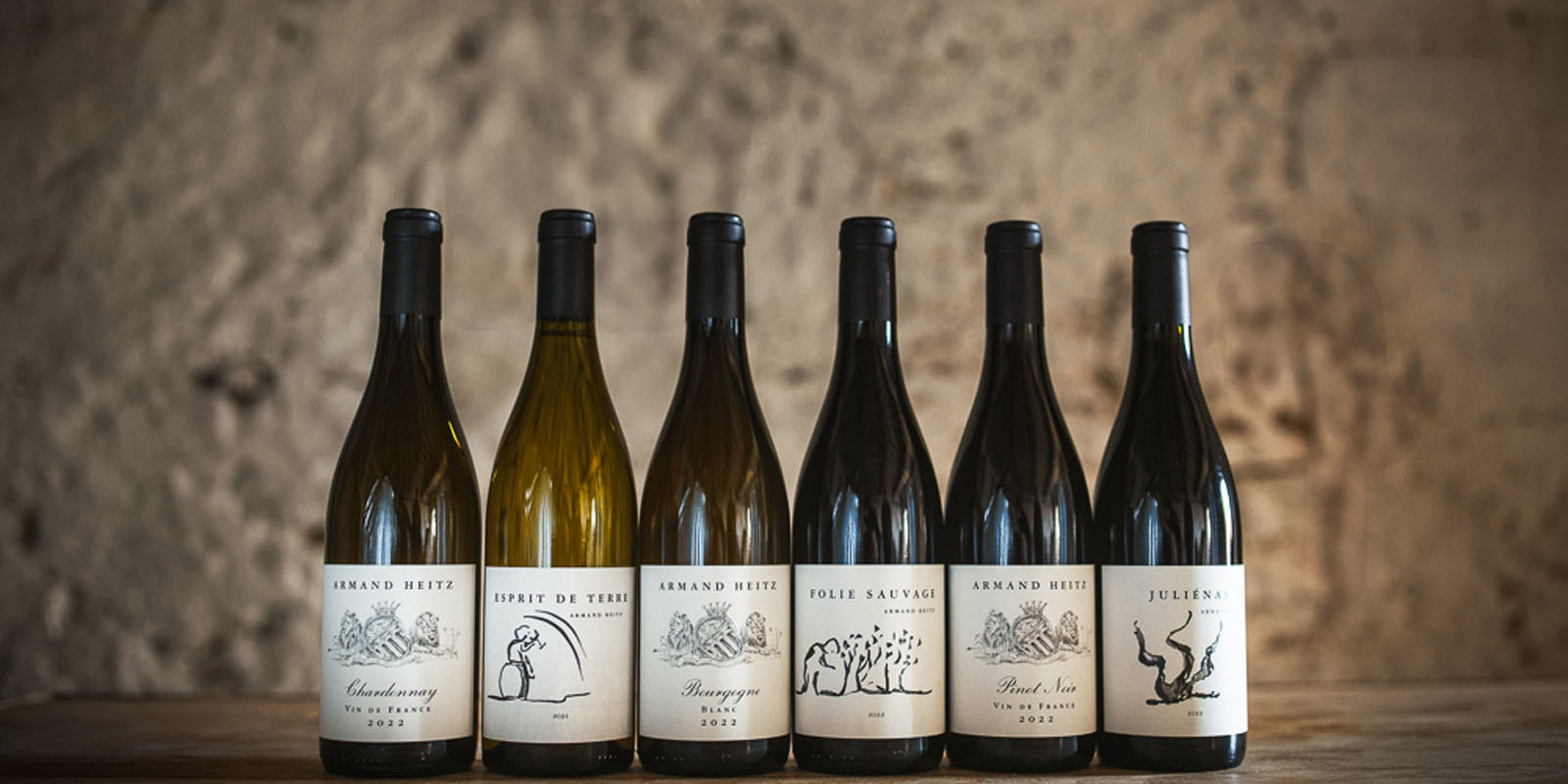Our insect friends are not always popular in the vineyards. And for good reason, many of them are pests for the vine by attacking the feet, the leaves or the bunches. Today, fortunately, researchers and certain viticulture methods such as biodynamics or permaculture advocate the importance of a balanced biotope where some of these small animals play an essential role in the life of the soil.
You should know that underground fauna represents 80% of life on our planet! This is what Lydia and Claude Bourguignon have demonstrated throughout their careers. Collembola, mites, myriapods, earthworms, nematodes move and thanks to their movement, they naturally aerate the soil to contain elements that can be assimilated by the plant: oxygen, nitrogen, phosphorus, potassium... The life of a soil depends on them.
When we come to the surface, some insects will take care of consuming insect pests such as ladybugs that feed on mealybugs and red mites. When it comes to animals, the return of bats, reptiles, birds, etc. to the plots is a good indicator of a balanced biotope. Leaving hens free in the rows of vines, as we do on the estate in certain plots, allows the soil to be aerated thanks to their pecking and scratching, and to bring natural matter to degrade thanks to their excrement. Other winegrowers use sheep to maintain the grass between the rows without having to compact the soil with the passage of a mower. In the end, all the species have their role... as long as they don't grab the grapes on the way!
Among the grape tasters, there are rabbits who nibble on the young plants but which can be deterred with whole milk on the ground, snails which can be controlled by ducks who love them, boars mainly for sweet grapes such as Muscat or roe deer or even kangaroos in Australia if we move away from Burgundy!
At the estate, we identify these insects and animals:
Insects

Auxiliaries: reaper, lacewing, ladybugs, typhlodromes
Beneficial for life below ground: springtails, myriapods, earthworms, nematodes
Negative actions: mites, aphids, scale insects, leafhoppers
Animals
Bats, reptiles, vipers, grass snakes, birds being repopulated

But also chickens, rabbits, hares, deer, wild boars, mice, shrews (due to the dry stone walls, also called murgers: insect/reptile nests)
Bees (newly installed hives)
and Orion ;)

Sources:
Lams 21, laboratory of Lydia and Claude Bourguignon: lams-21.com
Interview with Lydia and Claude Bourguignon: blog.defi-ecologique .com
Underground Knowledge: dahu.bio
Marie-Pierre Dardouillet / Communication grape varieties









